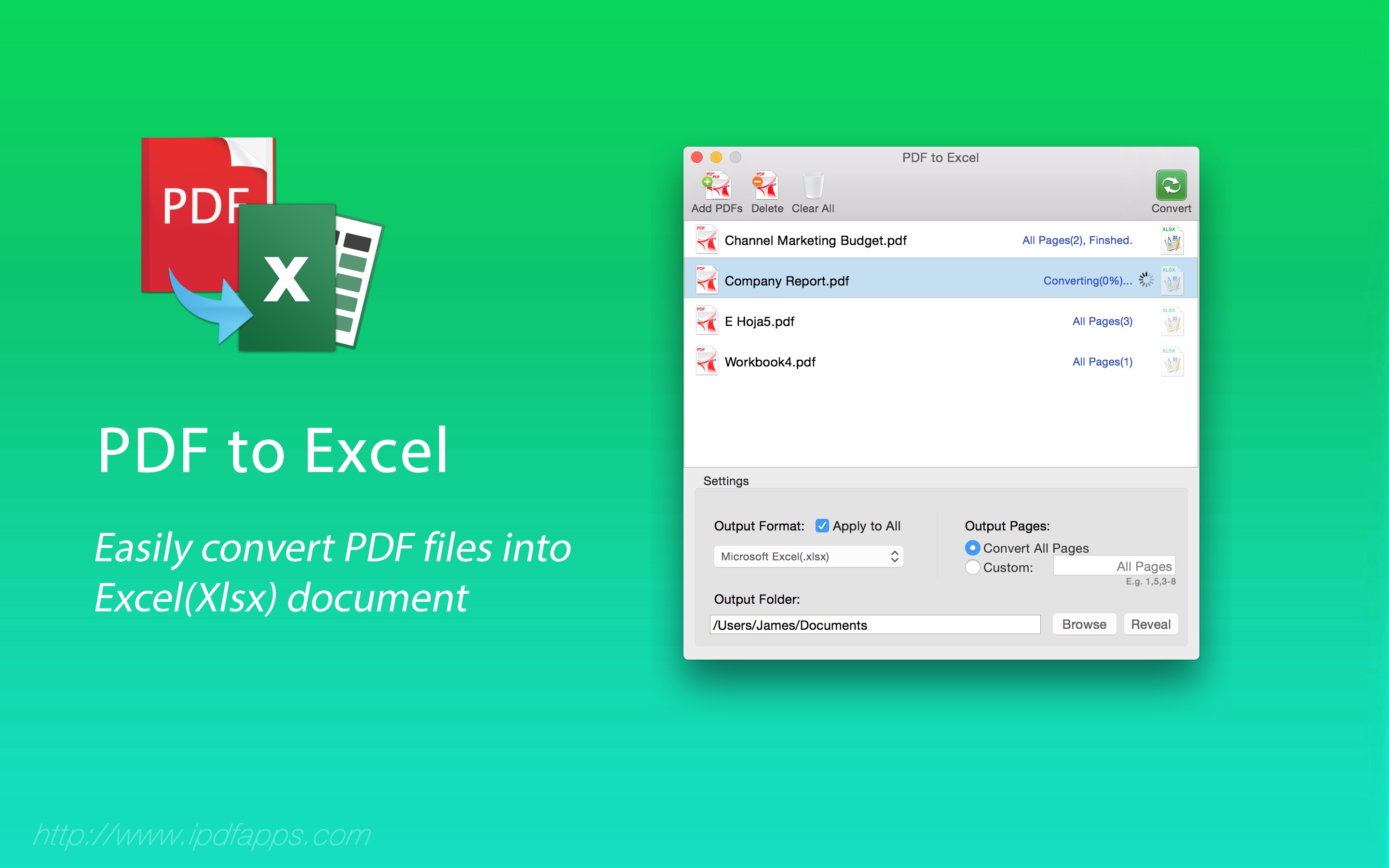5 Ways to Print Multiple Excel Sheets on One Page

How to Print Multiple Excel Sheets on One Page

Printing Excel sheets can be quite the task when you’re dealing with multiple tabs or pages. Whether you need to present a comprehensive report, analyze data, or share insights, understanding how to print multiple Excel sheets on one page can save both time and paper. In this detailed guide, we’ll explore five practical methods to help you achieve this, each with its own advantages.

1. Using Page Break Preview

Page Break Preview in Excel allows you to see exactly how your data will print on paper. Here’s how you can use it:
- Go to the View tab and click on Page Break Preview.
- Adjust the blue dashed lines to define where the page breaks should occur. You can move these lines to make a single logical grouping of data fit onto one page.
📝 Note: Make sure you save your workbook after adjusting page breaks. Auto-fit may reset your changes.
2. Consolidating Data with Excel’s Power Query

If your sheets have similar structures, Power Query can be a lifesaver:
- Select Data > Get Data > From Other Sources > Blank Query.
- In the Query Editor, load your sheets one by one or use the Append Queries function to combine them.
- Once combined, load the data back into Excel for printing.
3. Using Print Area and Sheet Navigator

You can manually set the print area for each sheet and navigate between sheets:
- Set the print area for each sheet by selecting the desired range and choosing Page Layout > Print Area > Set Print Area.
- Use the sheet navigator at the bottom of Excel to switch between sheets, allowing you to review and set print areas for each one.
- Print the sheets one at a time or use File > Print > Print Entire Workbook for all selected sheets at once.
📝 Note: If sheets have a lot of data, setting print areas might be time-consuming.
4. VBA Macro Automation

Here’s how you can create a macro to print multiple sheets on one page:
- Open the VBA editor with Alt + F11.
- Create a new module and paste in the following code:
Sub PrintMultipleSheets()
‘ Your VBA code here to print sheets
End Sub
- Run this macro to execute the print command for the selected sheets.
📝 Note: VBA macros are powerful but require basic coding knowledge and permissions to run.
5. Using Excel’s PDF Feature

Lastly, you can save your Excel sheets as PDFs and arrange them manually:
- Go to File > Save As and choose PDF as the file type.
- In the Options section, select Entire Workbook.
- Open the PDF file and manually arrange the pages for print as needed, possibly using software like Adobe Acrobat.
📝 Note: Printing from PDF might affect how Excel's formatting appears, so check the PDF settings to ensure fidelity.
In our wrapping up, each method offers unique benefits tailored to different needs. Whether you're looking for a manual or an automated solution, there's an option for everyone. Remember to consider factors like data complexity, the need for subsequent modifications, and the desired final output when choosing your approach. With these techniques, you'll be able to streamline your workflow, reduce waste, and present your data in a more concise and organized manner.
How do I ensure all data prints accurately?

+
Always preview your print before finalizing. Use Print Preview or Page Layout View in Excel to check data alignment and formatting.
Can I print multiple Excel sheets on one page if they have different structures?

+
Combining sheets with different structures can be challenging. The best approach might be to use the PDF method, manually arranging the pages in a PDF editor to fit on one page.
What should I do if I get “Out of Memory” errors while using Power Query?

+
Close other applications, reduce the amount of data being processed at once, or split your tasks into smaller, manageable chunks to reduce memory usage.
Can I save my VBA macro for future use?

+
Yes, after creating your VBA macro, save the workbook as a macro-enabled file (.xlsm). This will store your macro for future use.